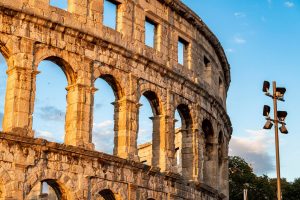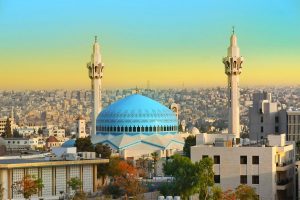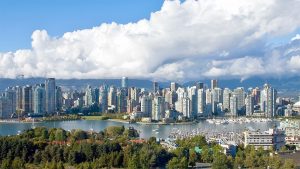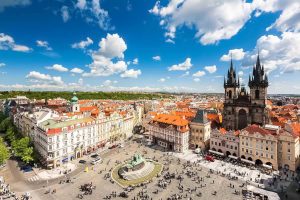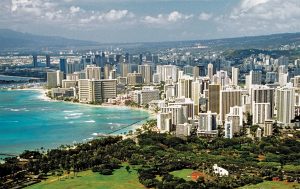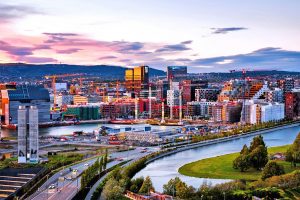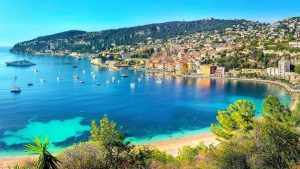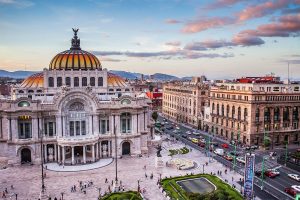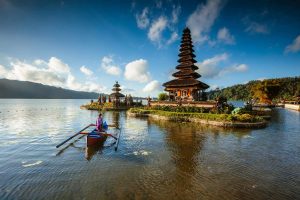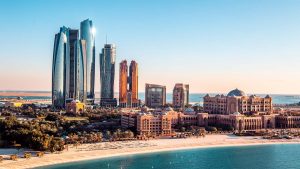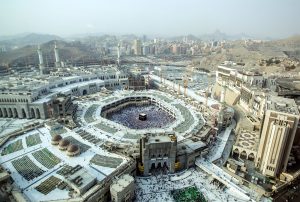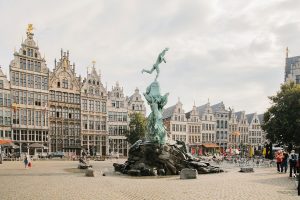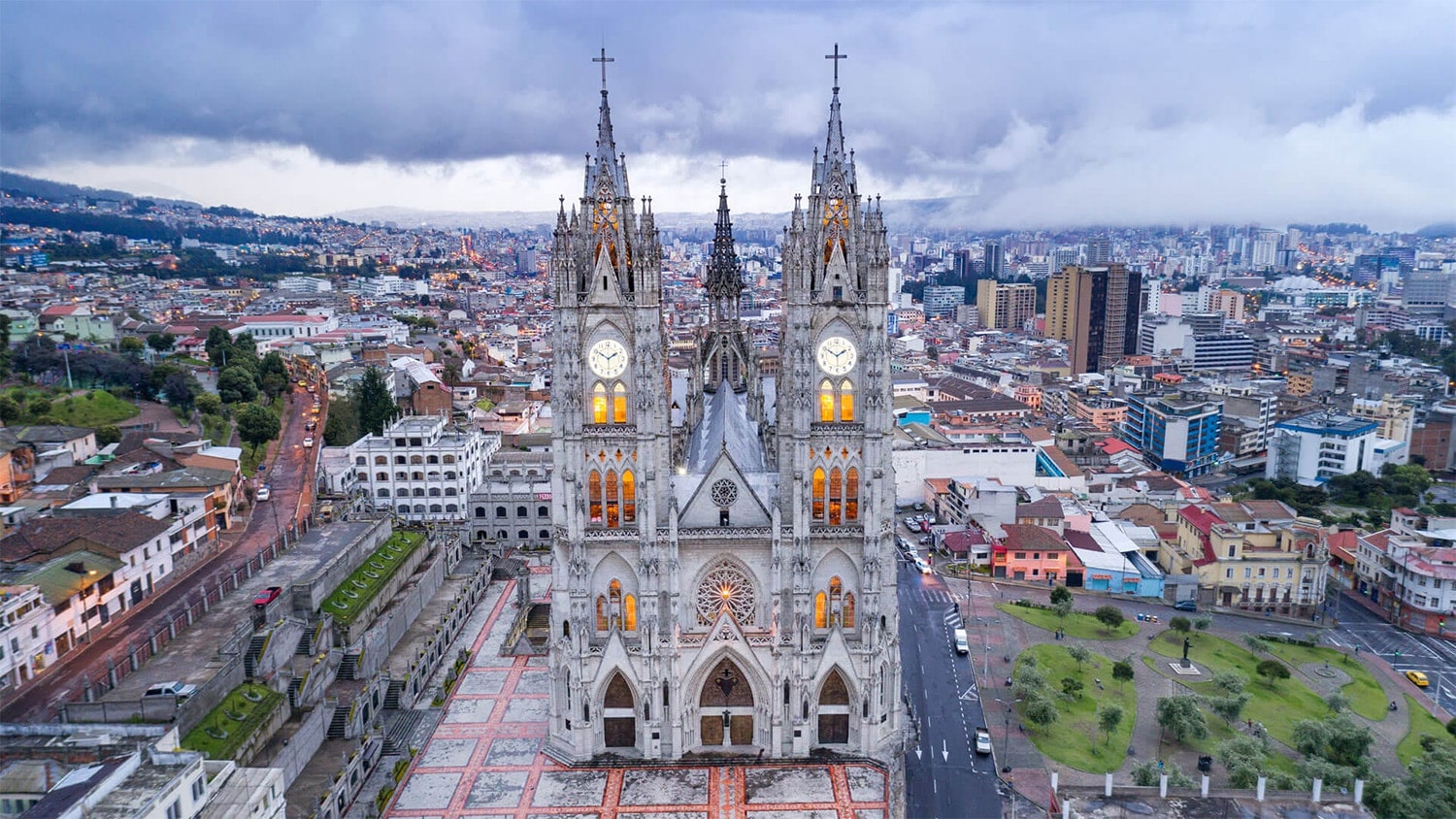
30 interesting facts about Quito
- 👁️ 409
Quito, the capital city of Ecuador, is not only a place of significant historical value but also a vibrant testament to the enduring spirit of its people and the breathtaking beauty of its landscapes. Nestled high in the Andean foothills, Quito offers a unique blend of colonial charm and modern dynamics, making it a fascinating destination for travelers and an important cultural hub for its citizens. From its UNESCO-listed historic center to its role as the closest capital city to the equator, Quito’s rich tapestry weaves together the past and present in ways that captivate all who visit or dwell within its boundaries. Here are 30 interesting and informative facts about Quito that highlight its significance, beauty, and the unique aspects that make it stand out on the global stage.
- Quito is the second-highest official capital city in the world, sitting at an elevation of 2,850 meters (9,350 feet) above sea level.
- The city was officially founded on December 6, 1534, by Spanish conquistador Sebastián de Benalcázar.
- Quito’s historic center was one of the first World Cultural Heritage Sites declared by UNESCO in 1978.
- It is located on the eastern slopes of Pichincha, an active stratovolcano in the Andes mountains.
- The city is the closest capital in the world to the equator, which is less than 25 kilometers (15.5 miles) to the north.
- Quito has a preserved 16th and 17th-century church and street layout that reflect the blend of Spanish, Italian, Moorish, Flemish, and indigenous art influences.
- La Virgen del Panecillo, a statue of the Virgin Mary overlooking Quito, is the world’s highest aluminum statue.
- The city’s name comes from the Quitu tribe, who inhabited the area before the arrival of the Incas and Spaniards.
- Quito served as a major center for the Spanish colonization of the north Andes region.
- The city experiences a spring-like climate year-round due to its elevation and proximity to the equator.
- Mitad del Mundo (Middle of the World) City is a tourist attraction located just north of Quito, marking the general location of the equator.
- Despite being near the equator, Quito can experience cool temperatures, especially at night, due to its high altitude.
- The TelefériQo, one of the highest aerial lifts in the world, offers breathtaking views of the city and the surrounding Andean landscape.
- Quito is an important economic center in Ecuador, with a growing economy based on tourism, agriculture, and manufacturing.
- The Basilica del Voto Nacional, often compared to Notre Dame, is one of the most significant neo-Gothic buildings in the Americas.
- Quito’s diverse culinary scene reflects a mix of indigenous, Spanish, and other international influences.
- The city has been a focal point for political and social movements throughout Ecuador’s history.
- Quito’s Mariscal Sucre International Airport, opened in 2013, is located about 18 kilometers (11 miles) east of the city center and has won awards for its efficiency and design.
- The Independence Square, surrounded by the Presidential Palace, the Metropolitan Cathedral, and other historic buildings, is a significant site for Ecuador’s history.
- Quito is home to the Intiñan Solar Museum, where visitors can learn about the equatorial line and indigenous cultures of Ecuador.
- El Panecillo, a hill in central Quito, offers panoramic views of the city and is named for its resemblance to a small loaf of bread.
- Quito has been a UNESCO Creative City of Design since 2019, recognizing its efforts in urban planning and public spaces.
- The city’s transport system includes the Ecovía, a bus rapid transit system designed to reduce traffic congestion.
- Quito’s Andean landscape is home to diverse flora and fauna, including several bird species unique to the region.
- The San Francisco Church and Convent is one of the oldest and largest colonial structures in Latin America, dating back to the 16th century.
- Calle La Ronda is a historic alleyway in Quito’s Old Town, famous for its bohemian atmosphere and traditional Ecuadorian culture.
- The city has several parks and green spaces, including La Carolina and El Ejido, offering residents and visitors alike a respite from urban life.
- Quito’s cultural calendar is highlighted by traditional festivals, including the Fiestas de Quito, which celebrates the city’s foundation.
- The Chapel of Man, an art museum dedicated to the work of Ecuadorian painter Oswaldo Guayasamín, showcases the artist’s reflection on Latin American identity and history.
- Quito has made significant strides in conservation, particularly in preserving its historic center and promoting sustainable tourism practices.
Quito is a city where history and modernity coexist harmoniously, offering a unique glimpse into Ecuador’s past and its vibrant present. From its stunning architectural achievements and rich cultural heritage to its breathtaking natural surroundings, Quito stands as a testament to the resilience and creativity of its people. As a city that continues to inspire and captivate, Quito is not only a pivotal cultural and economic hub in South America but also a beacon of preservation and innovation on the world stage.
